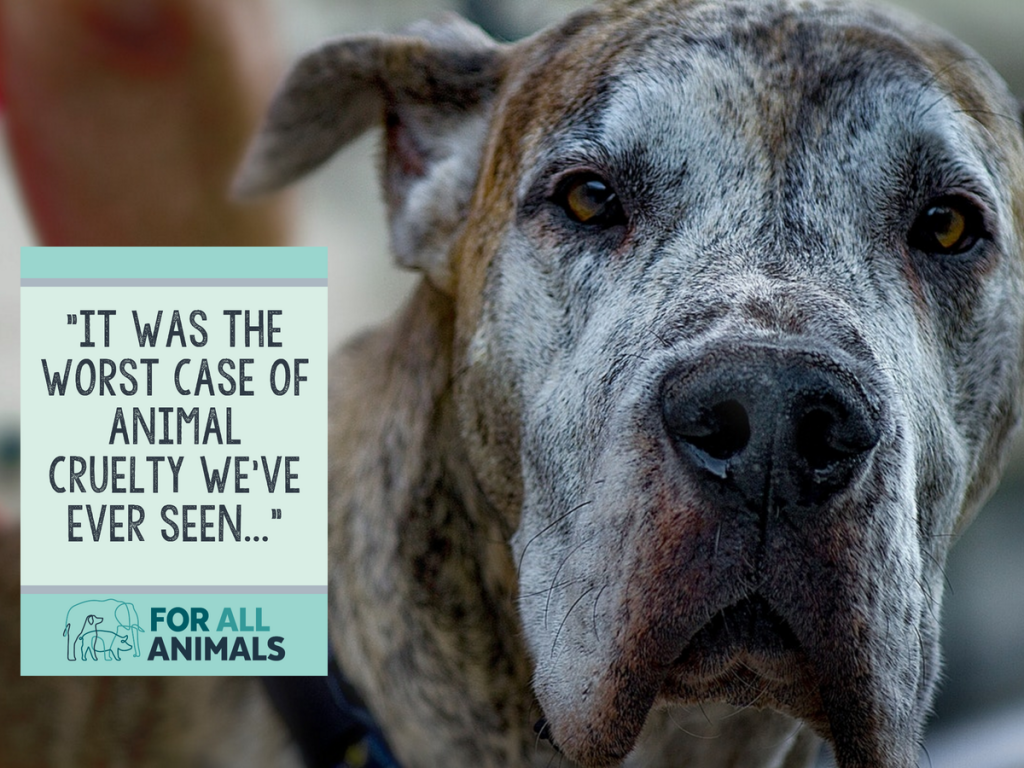Animal cruelty is a pervasive blight on our society, manifesting in numerous dreadful forms that no sentient being should endure. From neglect to outright brutality, the spectrum of cruelty is wide and varied, offering a multitude of harrowing stories that tug at the very fabric of our humanity. Among the many narratives that emerge, some cases stand out in their sheer grotesqueness and shocking detail, prompting both outrage and a call to action from compassionate individuals and organizations alike. This analysis delves into the worst animal cruelty cases, highlighting their characteristics, the public’s reaction, legislative responses, and the profound implications for animal welfare advocacy.
To begin comprehensively, it is essential to categorize the different types of animal cruelty. The most prevalent forms include physical abuse, neglect, abandonment, and exploitation in entertainment. Each category embodies distinct yet profound ethical dilemmas. For instance, physical abuse often involves direct harm, such as beating or torture, while neglect represents a failure to provide necessary care, leading to suffering through malnutrition or inadequate living conditions. Emotional and mental harm, although less visible, is equally insidious, often compounded through cruel training methods or lifelong confinement.
One particularly egregious case remembered vividly by animal welfare activists involved the systematic abuse of dogs bred for fighting. Reportedly found in a clandestine operation, these animals were subjected to unimaginable horrors, including painful training regimens that involved starvation, electric shock, and violent intimidation. Such practices represent a chilling aspect of human cruelty that thrives on the exploitation of inherent instincts in these creatures. The dogs, often found emaciated and traumatized, serve as a stark reminder of the unspeakable suffering that can exist in our communities.
Another atrocity emerged from the abhorrent conditions in puppy mills, where no regard for animal welfare is evident. Dogs are often bred repeatedly without respite—living in overcrowded, unsanitary environments, deprived of social interaction and suffering from various health issues. This commercial exploitation speaks volumes about a societal failure to uphold humane standards. The distressing testimonials of rescued animals lay bare the reality of puppy mills—a cycle of misery born from greed and an utter disregard for living beings.
The public reaction to these heart-wrenching circumstances is often visceral. When graphic images and firsthand accounts surface, they catalyze outrage and mobilize the community. Social media dynamics amplify these voices, allowing stories of cruelty to reach global audiences. Animal lovers band together, utilizing petitions and protests to evoke legislative change, pushing for more stringent animal protection laws. Such mobilization exemplifies how collective activism can influence policy, leading to stronger consequences for perpetrators of animal cruelty.
In examining the repercussions of these cases, one must also consider the role of law enforcement and legal frameworks. Some jurisdictions have made significant strides; for example, many regions have enacted anti-cruelty laws that impose criminal penalties for violators. However, enforcement can be inconsistent, largely influenced by cultural attitudes towards animals, resources allocated to local law enforcement, and the prioritization of animal welfare within the judicial system. A focused approach that underscores the need for comprehensive training for law enforcement officers is crucial. This ensures that they are adequately equipped to handle animal-related cases, which often involve complex emotional and psychological aspects.
Media exposure also plays a critical role in shaping public perception and prompting legislative action. Documentaries and investigative reports that reveal the stark realities of animal abuse have proven effective in galvanizing support for reforms. These visual narratives often serve to educate the public about the severity of the issue, shifting attitudes from apathy to urgency. Highlighting the plight of individual animals often personalizes the message, making statistics feel less abstract and more relatable.
Additionally, examining the psychological aspects that underlie animal cruelty is paramount. Research suggests a correlation between the brutality inflicted upon animals and the potential for similar tendencies towards humans. A profound understanding of this connection may urge communities to foster empathy and compassion, driving home the message that protecting animals ultimately nurtures the fabric of society itself.
Consequently, the intricacies of the worst animal cruelty cases reveal an amalgamation of societal failings, legislative inadequacies, and the urgent need for comprehensive education around animal welfare. Recognition of this multifaceted problem is the first step towards fostering change. If we are to create a world where animals are treated with dignity and respect, it essential to confront these abhorrent realities head-on. Each case of animal cruelty, irrespective of its form, presents an opportunity for dialogue and reform. It is our collective responsibility to ensure that these stories serve not merely as reminders of past horrors, but as catalysts for a more humane society.
In conclusion, while the narratives surrounding animal cruelty are indeed distressing, they also open avenues for advocacy and reform. By championing animal rights, addressing systemic issues within legal frameworks, and nurturing empathy in future generations, society can strive toward a more compassionate existence for all sentient beings. It is in this pursuit that we may ultimately find hope—not only for the voiceless creatures but for the betterment of our human community as well.










